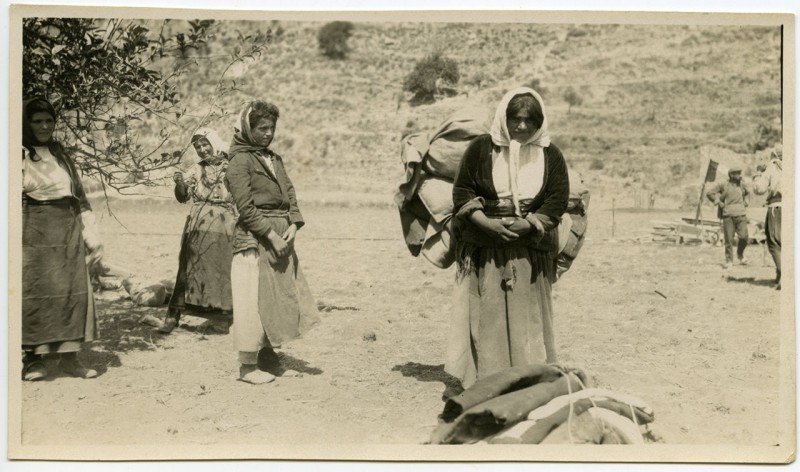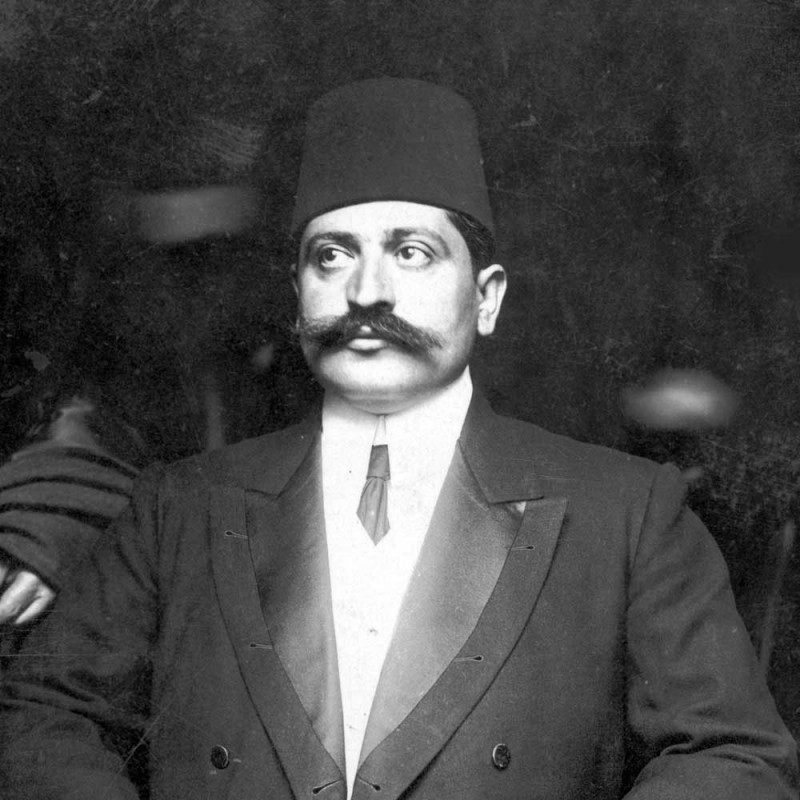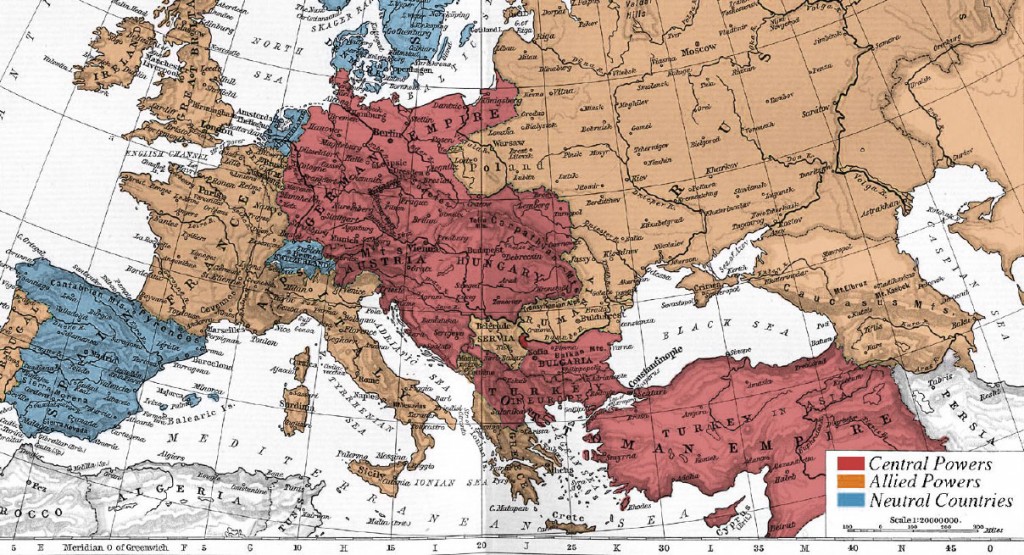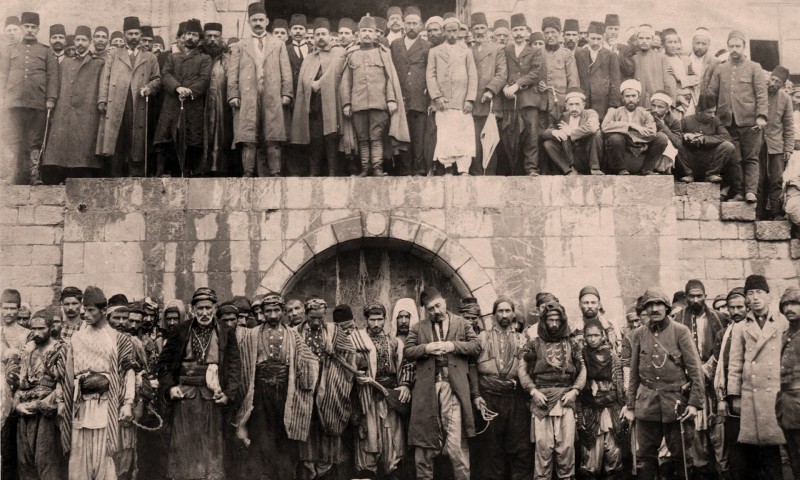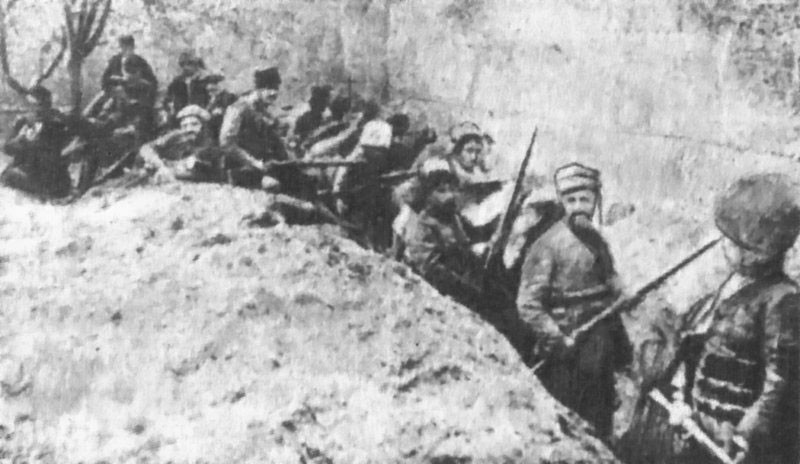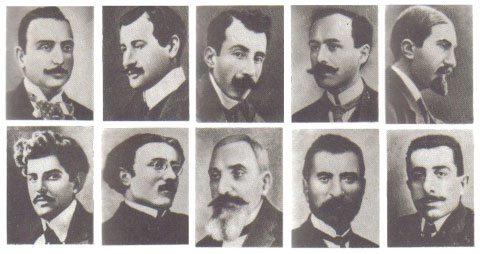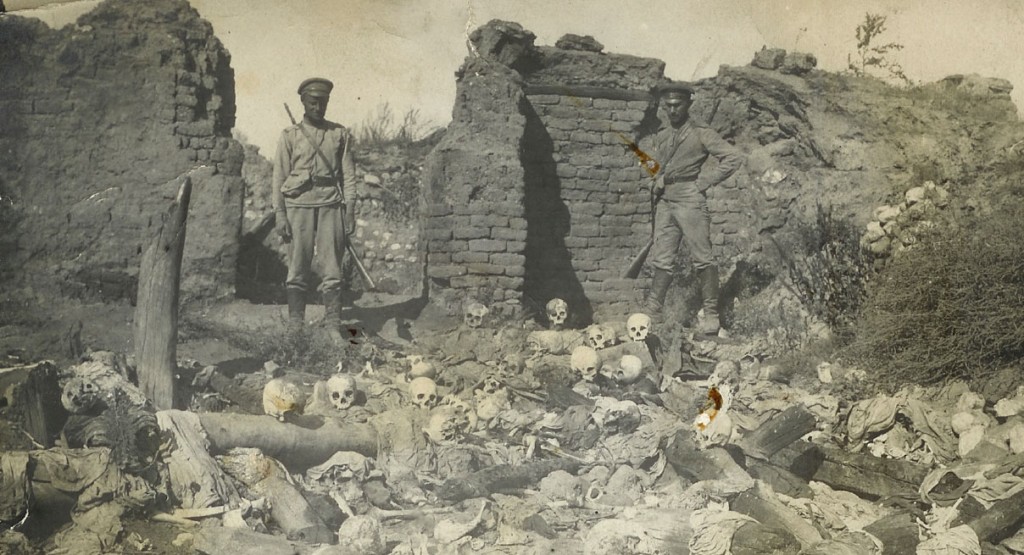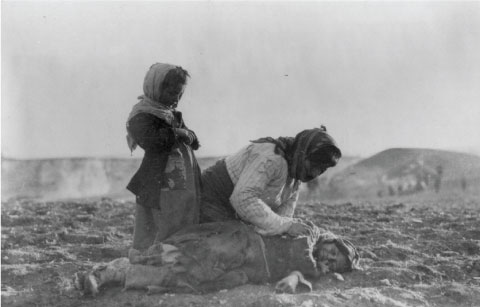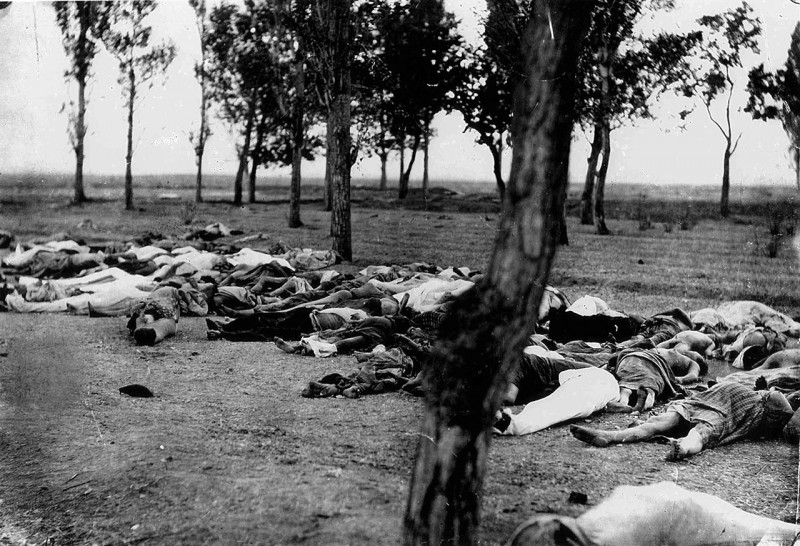Polish-Jewish lawyer and scholar Raphael Lemkin introduced the term “ Genocide” in his book Axis Rule in Occupied Europe in 1944. Lemkin defined genocide as “a coordinated plan of different actions aiming at the destruction of essential foundations of the life of national groups, with the aim of annihilating the groups themselves.” Genocide was recognized as a crime under international law in 1948. Article 2 of the Convention for the Prevention and Punishment of the Crime of Genocide defines genocide as:
“(A)ny of the following acts committed with intent to destroy, in whole or in part, a national, ethnical, racial or religious group, as such: killing members of the group; causing serious bodily or mental harm to members of the group; deliberately inflicting on the group conditions of life calculated to bring about its physical destruction in whole or in part1; imposing measures intended to prevent births within the group; [and] forcibly transferring children of the group to another group.”
The International Association of Genocide Scholars has issued three resolutions recognizing the atrocities that took place in the Ottoman Empire from 1914 – 1923 as genocide. The most recent resolution, issued in 2007, includes Pontian and Anatolian Greeks and Assyrians as genocide victims.
Genocide can occur in times of war or peace.
